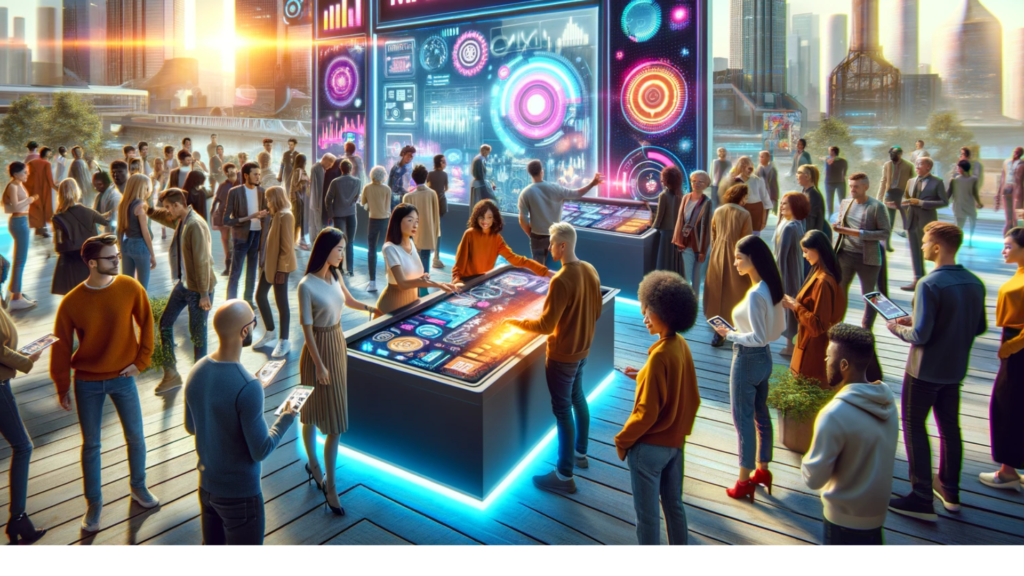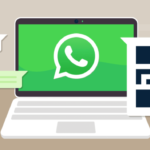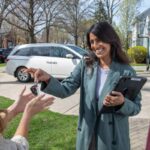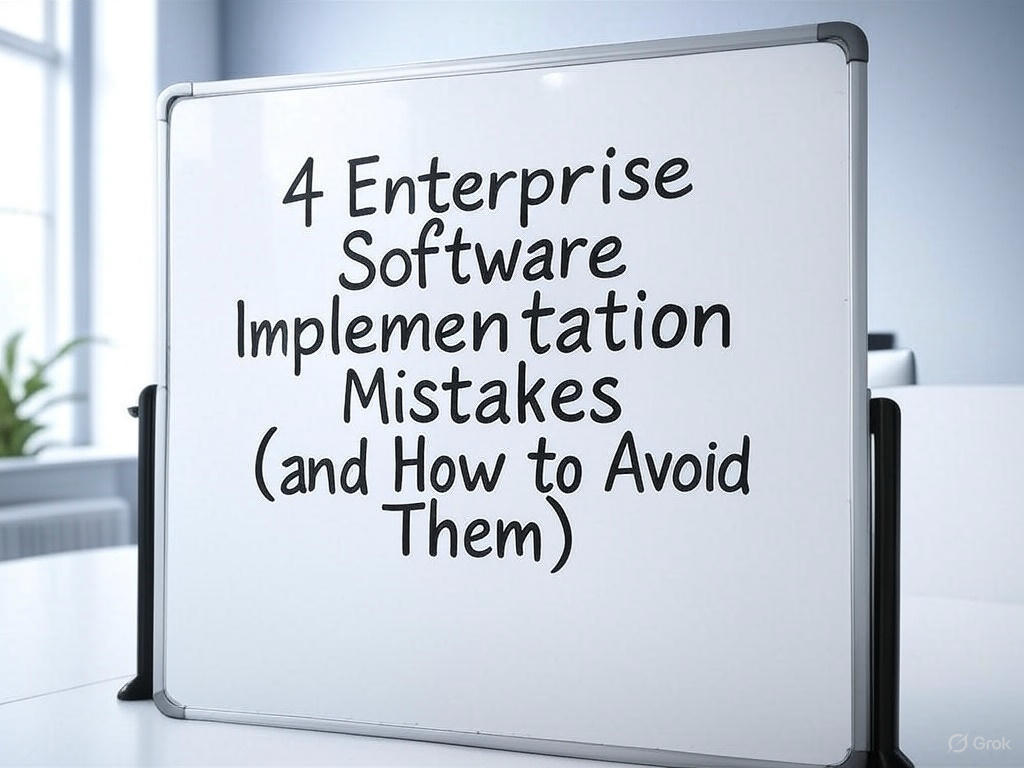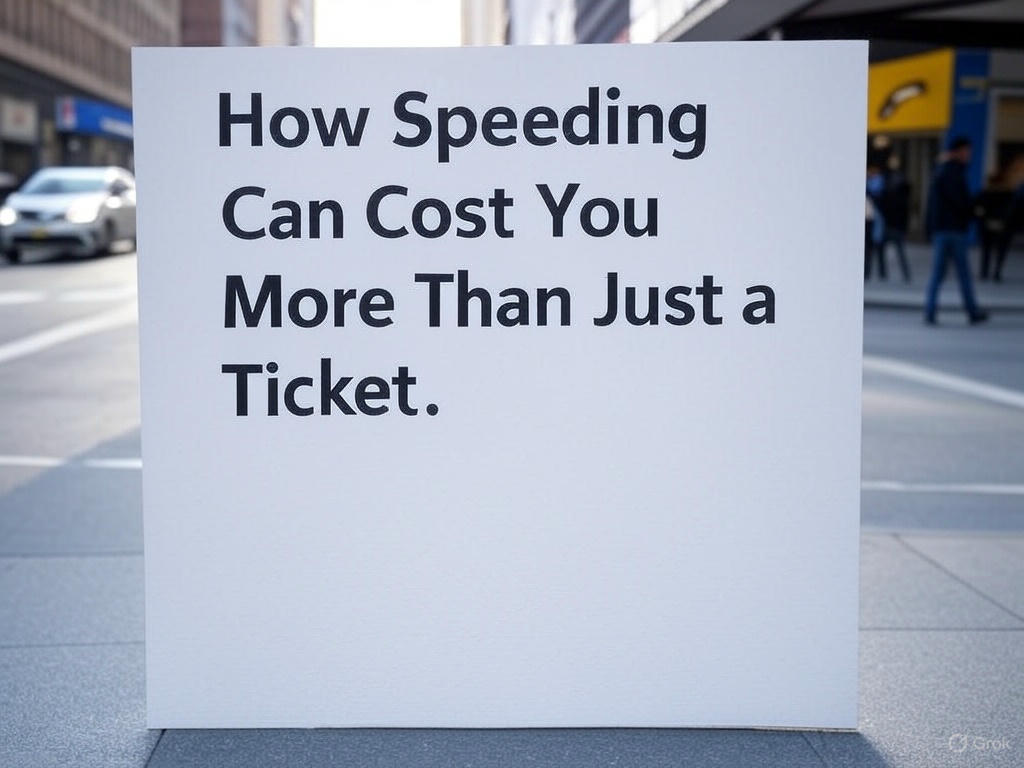Introduction
Mobile tour management is a great way for brands to create fun, hands-on experiences for their target audience. It’s like bringing a mini-festival right to where people are! This guide will explain how to plan, run, and measure the success of mobile brand activations. We’ll share tips from experts and real examples to help you create awesome campaigns that people will remember.
Key Takeaways
| 1. Good research and knowing your audience are super important |
| 2. Picking the right vehicle can make a big difference |
| 3. Using fun, interactive marketing techniques helps people connect with your brand |
| 4. Having great staff and keeping people interested are key |
| 5. Measuring how well you did and getting feedback helps make future events even better |
What is Mobile Tour Management?
Mobile tour management is about organizing and running brand events using special vehicles to reach people in different places. It’s a fun way of experiential marketing that brings products and experiences right to where people are. Companies use mobile tours because they can go to specific places where their target audience is, and create personal experiences that help people connect with their brand.
These tours can be all sorts of things, from giving out free samples to creating interactive brand experiences. They can be designed for different types of businesses and marketing goals. By using special vehicles, brands can reach people in cities, small towns, and everywhere in between.
Key Steps in Planning a Successful Mobile Tour
Market Research and Audience Targeting
Before starting a mobile tour, it’s really important to do good research to find out who your target audience is and what they like. This information helps you decide where to go, what to say, and how to plan your tour. Think about things like age, what people buy, and where they live to make your activation as effective as possible. Use smart tools to create detailed profiles of your audience, so you can make your mobile tour experience just right for them.
Also, look at what other companies are doing and what’s new in your industry to find unique ways to make your brand stand out. This thorough approach to research will help you create a mobile tour that really connects with the people you want to reach.
Route Planning and Logistics Coordination
Creating a smart route is super important to reach as many of your target audience as possible. Think about things like how many people live in an area, if there are any cool events happening, and what the weather might be like. Good logistics planning makes sure your mobile tour runs smoothly, from keeping the vehicle in good shape to making sure you have all the supplies you need. Use special computer programs to plan the best routes that reach lots of people without wasting time or money on travel.
Work with local partners and venues to get the best spots for your events. Also, have backup plans ready in case of problems like bad weather or last-minute changes. A well-planned route and strong logistics plan will really help make your mobile tour successful.
Obtaining Permits and Regulatory Compliance
Getting the right permits is super important for a smooth mobile tour. Work with local authorities to make sure you follow all the rules, including parking, noise levels, and safety requirements. This step is often forgotten but can make or break your event. Get help from lawyers or permit experts to navigate the tricky rules in different places.
Make a detailed list of all the permits and licenses you need for each stop on your tour, and give yourself plenty of time to apply and get approval. Building good relationships with local authorities can help make the permit process easier and might even open up new opportunities for your brand event.
Choosing the Right Vehicle for Your Brand Activation
The type of vehicle you choose for your mobile tour can really affect how successful your brand activation is. Here are some different types of mobile activation vehicles:
- Food trucks: Great for food brands or promotions, perfect for giving out samples and showing how to use products.
- Ice cream trucks: These create a fun, nostalgic feeling and work really well for summer campaigns.
- Glass box trucks: These see-through trucks are great for showing off products or interactive displays, and they really catch people’s attention.
- Sampling trucks: Designed to give out product samples easily and engage with customers, perfect for launching new products.
- Specialty vehicles: Custom-made vehicles that are designed just for your brand’s needs, offering lots of flexibility and creativity.
- Mobile trailers: These are versatile and easy to move around, great for creating pop-up shops or interactive brand experiences.
Each type of vehicle has its own advantages and can be customized to fit your brand’s style and goals. Think about how much space you need, how mobile you want to be, and what kind of activation you’re planning when choosing your vehicle. Talk to experienced mobile tour managers to figure out which type of vehicle works best for your brand’s goals and what your target audience would like.
The Role of Experiential Marketing in Mobile Tours
Experiential marketing is super important in mobile tours because it creates fun, hands-on brand experiences that help people remember and connect with your brand. When people can interact with your brand in a fun way, they’re more likely to become loyal customers and tell their friends about it. By engaging multiple senses and creating memorable moments, experiential marketing can really boost the impact of your mobile tour.
To use technology for better engagement, think about including:
- Interactive displays: Touchscreens or motion-controlled systems that let people explore product info or join in brand-related activities.
- Virtual reality experiences: Immersive VR setups that transport people to virtual brand worlds or show product demos.
- Social media integration: Real-time social walls or photo booths that encourage people to create and share content about your brand.
- Augmented reality features: AR apps that add digital content to the real world, creating unique and shareable brand interactions.
- Gamification elements: Interactive games or challenges that encourage participation and create a sense of fun and competition.
These technology integrations can make the mobile tour experience even better and create memorable interactions with your brand. By carefully choosing and using these technologies, you can create a multi-dimensional brand experience that sticks with your audience long after the tour is over.
Execution Strategies for a Smooth Mobile Tour
Staffing and Training
Well-trained brand ambassadors are super important for making your mobile tour successful. Make sure your team knows all about your brand, products, and what you want to achieve with the tour. Give them good training on how to engage with people and handle different situations that might come up during the tour. Create a detailed training program that covers:
- Brand history, values, and key messages
- Product knowledge and how to demonstrate them
- Best practices for customer service and how to handle conflicts
- Safety rules and what to do in emergencies
- How to collect data and report on the tour’s progress
Think about doing role-playing exercises and scenario-based training to prepare your team for real-world interactions. Regular check-ins and ongoing training sessions can help keep standards high throughout the tour.
Real-Time Engagement Tactics
To keep people interested during the tour, try using strategies like:
- Interactive games or challenges: Create branded games that encourage participation and make things fun and competitive.
- Product demonstrations: Show your products in action, letting people experience their benefits firsthand.
- Social media contests: Encourage attendees to share their experiences on social media for a chance to win prizes or special offers.
- Live streaming events: Broadcast special moments or guest appearances to reach people beyond just those at the physical event.
- Personalized experiences: Use information collected on-site to tailor interactions and recommendations for individual visitors.
These tactics can help create excitement around your activation and encourage more people to participate. Be ready to change your engagement strategies based on real-time feedback and how people are reacting to make sure you’re having the biggest impact possible.
Leveraging Social Media
Use social media as part of your mobile tour strategy to reach even more people beyond just those who attend in person. Encourage attendees to share their experiences on social platforms, create photo opportunities that people want to share, and use special hashtags to track online conversations about your tour. Develop a full social media plan that includes:
- Teasers and announcements before the tour to build excitement
- Live updates and behind-the-scenes content during the tour
- Campaigns that encourage users to create and share content
- Partnerships with influencers to spread your message further
- Recaps and follow-up content after the tour to keep people engaged
Think about having a dedicated social media team to manage real-time content creation and engagement throughout the tour. This approach can help you take advantage of trending topics and respond quickly to audience interactions, making your social media efforts as effective as possible.
Measuring Success and Post-Tour Follow-Up
To see how well your mobile tour did, keep track of important numbers (called KPIs) such as:
- Engagement rates: How many people interacted with your brand, how long they spent at your activations, and how many participated in activities.
- Brand recall: Ask people in surveys how well they remember your brand and key messages.
- Sales conversions: Track how many direct sales or leads you got during and after the tour.
- Social media mentions: Keep an eye on how much people are talking about your tour on social media and what they’re saying.
- Foot traffic: Count how many visitors came to your mobile activation at each location.
- Media coverage: Track any news stories or press coverage about your tour.
- Customer acquisition cost: Figure out how cost-effective your mobile tour was compared to other ways of marketing.
Collect feedback from customers through surveys or interviews to get valuable insights into how effective your activation was. Analyze this information to find areas where you can improve and make future mobile tour campaigns even better. Use a good system to collect and analyze both numbers and people’s opinions throughout the tour.
Do a thorough analysis after the tour, comparing your results to the goals you set beforehand and to what’s normal in your industry. Use these insights to make your mobile tour strategy better, improve your return on investment, and inform future marketing efforts across all channels.
Conclusion
Mobile tour management is a great way to create memorable brand activations and connect directly with your target audience. By carefully planning your tour, choosing the right vehicle, using fun and interactive marketing techniques, and measuring your success, you can create impactful mobile activations that boost brand awareness and customer loyalty.
As experiential marketing keeps changing, it’s important to stay creative and adapt to what consumers want. How do you think mobile activations will change in the future to meet these changing needs? Think about new technologies, changing consumer behaviors, and the growing demand for personalized experiences as you plan your next mobile tour campaign.
To learn more about how to make your brand’s next activation campaign even better, check out our comprehensive mobile tour management services. Our team of experts can help you design, run, and measure a mobile tour that gets real results for your brand.


